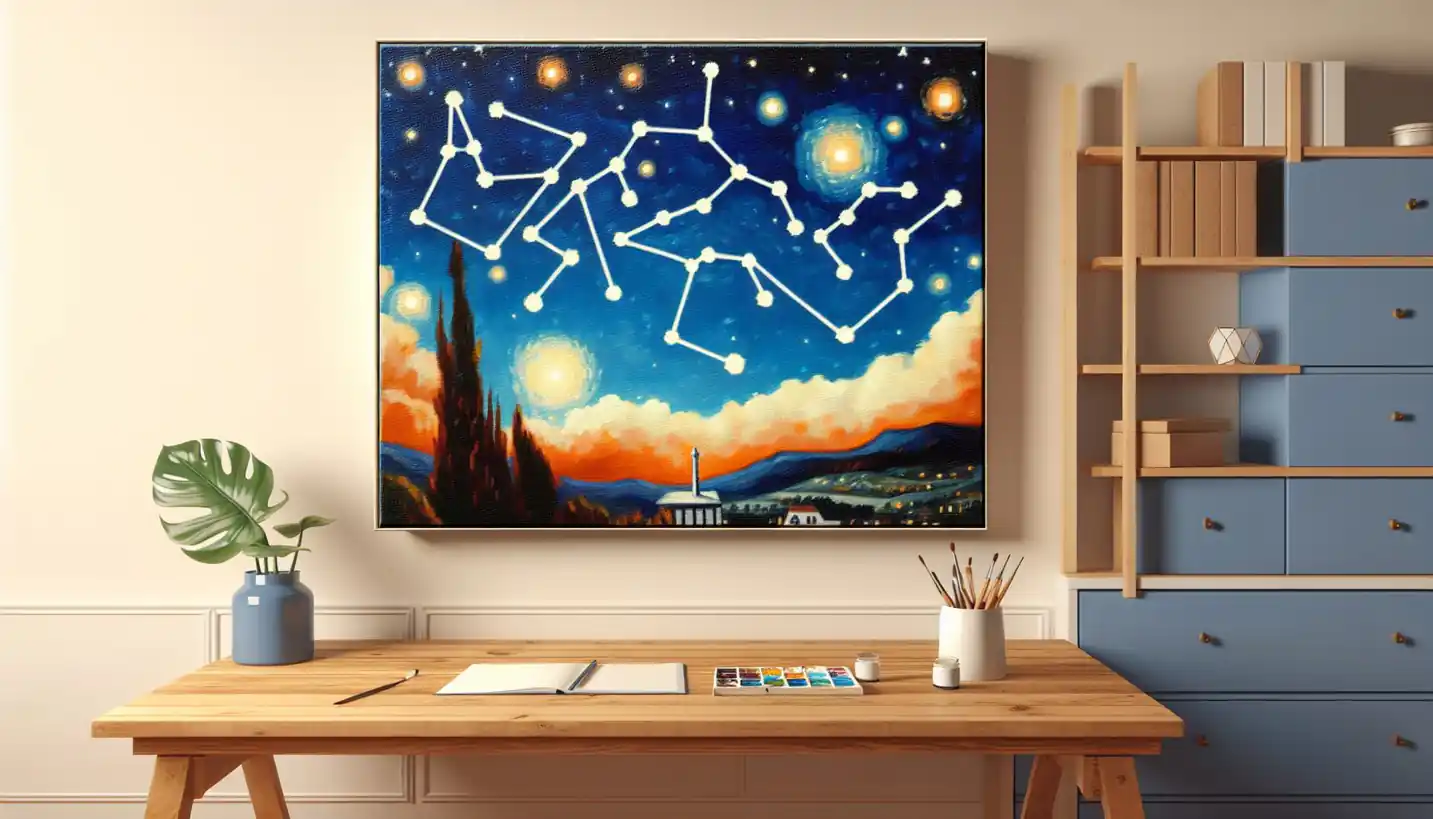· Art · 5 min read
Art Therapy Directive: Exploring Creativity as Healing
Art therapy directives guide creativity towards healing, providing structure and freedom. Explore how these directives inspire personal growth and self-discovery through art.

Art therapy directive is a fascinating concept that intertwines creativity with healing, offering a unique approach to understanding and addressing emotional and psychological challenges. This method involves using art-making as a tool for expression, helping individuals explore emotions that might be challenging to articulate through words alone. Let’s dive into how art therapy directive works, its benefits, and why it’s gaining popularity in the realm of mental health.
At its core, art therapy seeks to harness the power of creativity to facilitate personal growth and healing. Unlike traditional talk therapy, which relies heavily on verbal communication, art therapy encourages individuals to convey their feelings and experiences through various art forms, including painting, drawing, and sculpting. But what exactly is an “art therapy directive”?
Understanding Art Therapy Directives
Art therapy directives are specific tasks or prompts provided by a therapist to guide the creative process. These prompts are designed to address particular therapeutic goals, such as reducing anxiety, processing trauma, or boosting self-esteem. The directive might be something as simple as drawing your safe place or as complex as creating a visual representation of a challenging life event.
These directives serve as a bridge between the individual and their inner world, providing a tangible way to explore complex emotions. By focusing on a particular task, individuals can often bypass the internal barriers that might prevent them from confronting difficult feelings.
The Power of Nonverbal Expression
One of the standout features of art therapy is its capacity for nonverbal expression. For many people, putting feelings into words can be daunting, especially when dealing with trauma or deep-seated emotions. Here, art becomes a language of its own. The colors, shapes, and strokes used can convey messages and emotions that might be hidden or difficult to express otherwise.
Imagine a person who has experienced a traumatic event. Talking about it might reopen old wounds, but drawing or painting how they feel can offer a cathartic release. It’s like opening a valve on a pressure cooker, allowing steam to escape slowly and safely.
The Role of the Therapist
In art therapy, the therapist acts as a guide and facilitator. They are trained to interpret the symbols and themes that arise in the artwork, helping individuals gain insights into their inner lives. However, it’s important to note that the emphasis is not on the artistic quality of the work but on the process itself. An art therapist might say, “It’s not about the masterpiece, but the message.”
Therapists carefully choose directives based on the needs of the individual. For someone struggling with identity issues, a directive might involve creating a self-portrait. For another dealing with anxiety, a free-form painting might help release pent-up tension. The directive is a tool, but the journey and discoveries are deeply personal and unique to each individual.
Art Therapy in Practice
Art therapy has found its place in various settings, including hospitals, schools, rehabilitation centers, and private practices. Its adaptability makes it suitable for all age groups, from children to the elderly. In schools, for instance, art therapy can help youngsters deal with bullying or academic pressures. In hospitals, it can provide cancer patients with an emotional outlet during their treatment journey.
Even in corporate settings, art therapy is being used to enhance creativity and reduce stress. Imagine a team-building workshop where employees engage in a collaborative mural, exploring themes of unity and growth. Such activities can foster better communication and understanding among colleagues, while also serving as a stress reliever.
Scientifically Supported Benefits
Research into art therapy continues to uncover its benefits. Studies have shown that engaging in creative activities can increase levels of serotonin and dopamine—chemicals in the brain associated with happiness and well-being. Furthermore, the physical act of creating art can serve as a mindfulness exercise, similar to meditation, promoting relaxation and reducing stress.
A study published in the Journal of the American Art Therapy Association found that just 45 minutes of art-making can significantly lower cortisol levels, a marker of stress. For those dealing with chronic illness or mental health issues, these benefits can be life-changing, offering a new way to cope with everyday challenges.
Art Therapy Directives for Self-Exploration
Even outside a clinical setting, art therapy directives can be used for personal development and self-exploration. Here’s how you might incorporate some simple directives into your life:
- Draw Your Feelings: Spend a few minutes drawing how you feel today. Don’t worry about skill; focus on colors and forms that represent your emotions.
- Create a Vision Board: Use magazine cutouts, photos, and other materials to collage your dreams and goals. This can offer clarity and motivation.
- Mindful Mandala Making: Drawing or coloring mandalas can be calming and meditative, providing a break from the hustle and bustle of daily life.
These activities don’t require an art therapist’s supervision and can serve as a personal practice to support emotional well-being.
Embracing Creativity for Well-being
As more people recognize the therapeutic potential of creativity, art therapy continues to grow as a respected form of treatment. It bridges the gap between mind and heart, offering a pathway to understanding and healing that is both profound and accessible.
In a world where mental health is gaining attention, art therapy directives stand out as a beacon of hope, providing innovative and empowering ways to explore the depths of our psyche. Whether you’re an artist or a novice, the world of art therapy invites everyone to pick up a brush and begin a journey toward self-discovery and healing.


